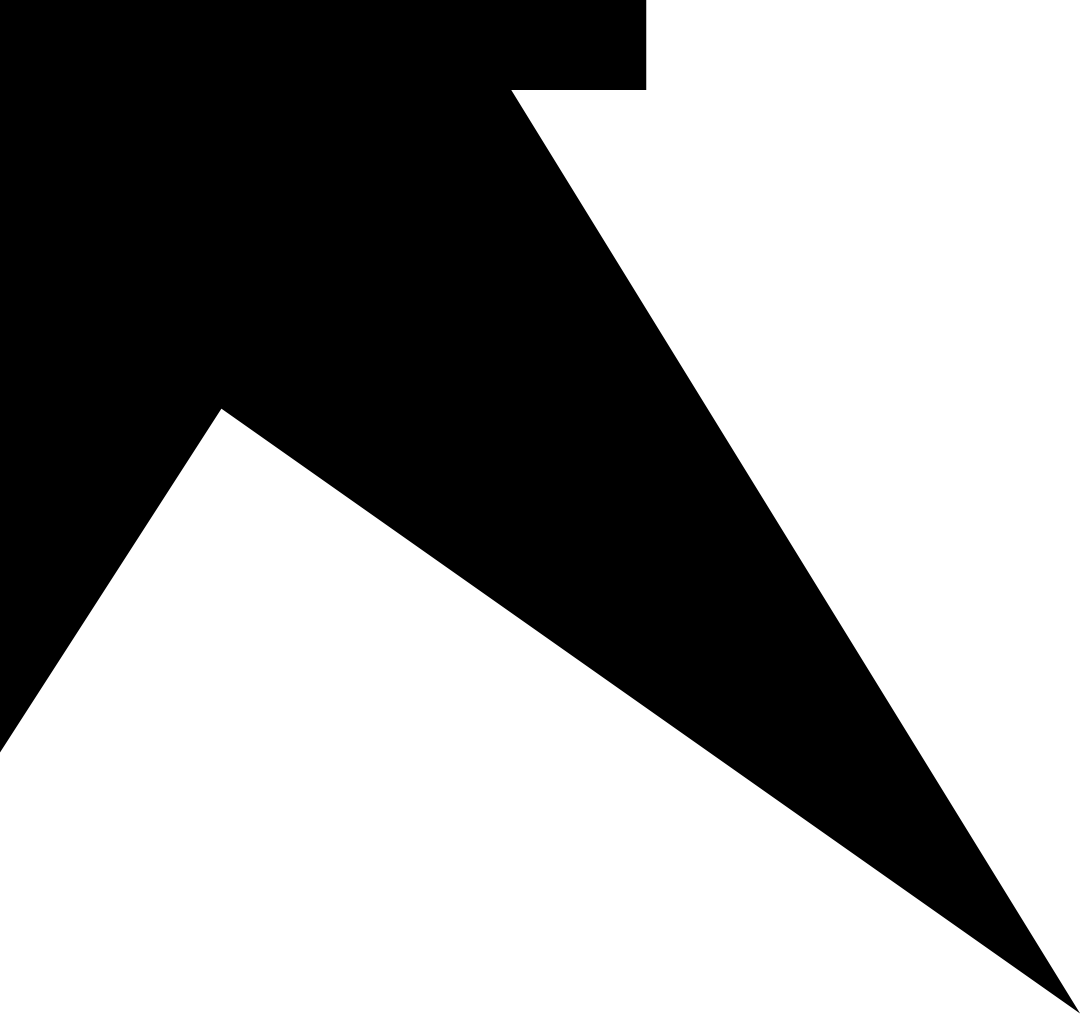
What recent exhibition did you see that made a strong impression on you and why?
I saw Femke Herregraven’s exhibition DIALECT at RADIUS in Delft, which closed in February. The show triggers a feeling of curiosity and eeriness from the moment of entrance. You accept the proposed logic of the space and move through while enclosed inside it. RADIUS is both a great space for an installation and a very tricky one with its specific architecture (including the pump house, and the water basin from Delft's water tower). You need to proceed with a strong sensitivity to the qualities of that specific location. Femke and the crew did an admirable job. The exhibition was a truly immersive experience. I was impressed by the feelings the exhibition triggered, and how these start from bodily sensations.
What are you working on right now and where will you present your work next?
I am working on a long-term archival artistic research project about a 1978 labor dispute organized by a group of migrant women workers from Turkey in Veghel in the Netherlands. They were the first migrant women who unionized in the Netherlands. When I brought together my archival findings and the women involved in these disputes, it emerged that the archives and the women remember this dispute differently. I made a series of video recordings with these women and collages based on photographs from 1978. In the coming months I will be experimenting with weaving techniques and materials in collaboration with the Textile Museum in Tilburg. Alongside the weavings, I am also working on a single-screen video piece that experiments with visually embodying the memories of the protagonists of the dispute. This research will culminate in a solo show at Framer Framed in Amsterdam in October 2025.
What are the biggest challenges in sustaining your practice where you are based?
The biggest challenge I encounter is organizing a stable income as an artist. The balance between other jobs such as teaching and the practice itself becomes the main issue. I need to sustain clear boundaries to create space and time for my own practice. Even though many other jobs I do are extensions of my practice, I need to make sure they take up as much space and time as an extension would and not become the main thing I practice. It gets tricky, especially with the rise of right-wing governments all around the world, with their inability to see art and culture as part of a healthy and vivid society. As a result, they orchestrate significant art funding cuts. An artist’s role is to resist these circumstances and it is endlessly important to remember that the personal, often isolated, experience is never a singular one – it is part of a societal movement. We are moving collectively, and exactly for that reason we can be part of a significant change if and when we come together as art and cultural workers. That is what keeps me practicing.
